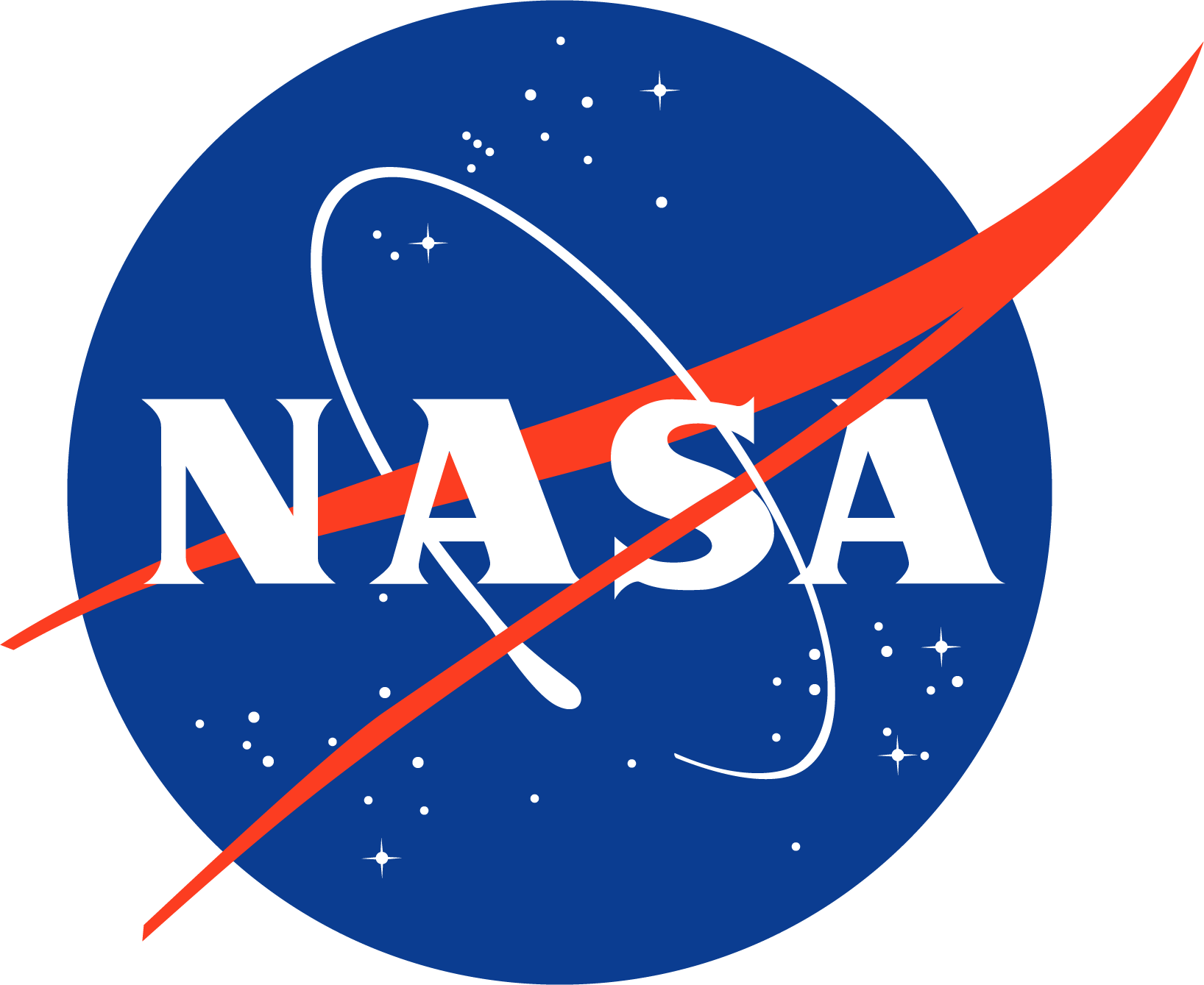Jack Chieh Wang
(Postdoctoral associate)
| Email: | jack.c.wang@nasa.gov |
| Org Code: | 674 |
| Address: |
NASA/GSFC Mail Code 674 Greenbelt, MD 20771 |
| Employer: | CATHOLIC UNIV OF AMERICA |
Publications
Refereed
2023. "The Lower Thermospheric Winter‐To‐Summer Meridional Circulation: 2. Impact on Atomic Oxygen." Journal of Geophysical Research: Space Physics 128 (11): [10.1029/2023ja031684] [Journal Article/Letter]
2023. "Validation of Ionospheric Modeled TEC in the Equatorial Ionosphere During the 2013 March and 2021 November Geomagnetic Storms." Space Weather 21 (6): [10.1029/2023sw003480] [Journal Article/Letter]
2022. "The lower thermospheric winter‐to‐summer meridional circulation, part 1: Driving mechanism." Journal of Geophysical Research: Space Physics [10.1029/2022ja030948] [Journal Article/Letter]
2021. "Unusual Quasi 10‐Day Planetary Wave Activity and the Ionospheric Response During the 2019 Southern Hemisphere Sudden Stratospheric Warming." Journal of Geophysical Research: Space Physics 126 (6): [10.1029/2021ja029286] [Journal Article/Letter]
2020. "Day‐to‐Day Variability of Diurnal Tide in the Mesosphere and Lower Thermosphere Driven From Below." Journal of Geophysical Research: Space Physics 126 (2): [10.1029/2019ja027759] [Journal Article/Letter]
2018. "Modeling study of the ionospheric responses to the quasi-biennial oscillations of the sun and stratosphere." Journal of Atmospheric and Solar-Terrestrial Physics 171 119-130 [10.1016/j.jastp.2017.07.024] [Journal Article/Letter]
2017. "The quasi 2 day wave response in TIME-GCM nudged with NOGAPS-ALPHA." Journal of Geophysical Research: Space Physics 122 (5): 5709-5732 [10.1002/2016ja023745] [Journal Article/Letter]
2016. "Coherent seasonal, annual, and quasi-biennial variations in ionospheric tidal/SPW amplitudes." Journal of Geophysical Research: Space Physics 121 (7): 6970-6985 [10.1002/2015ja022249] [Journal Article/Letter]
